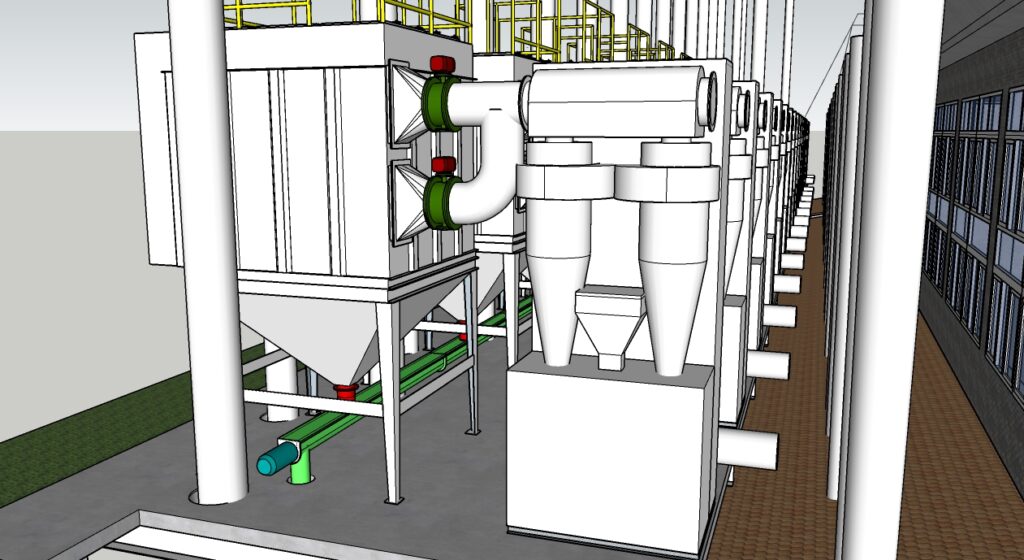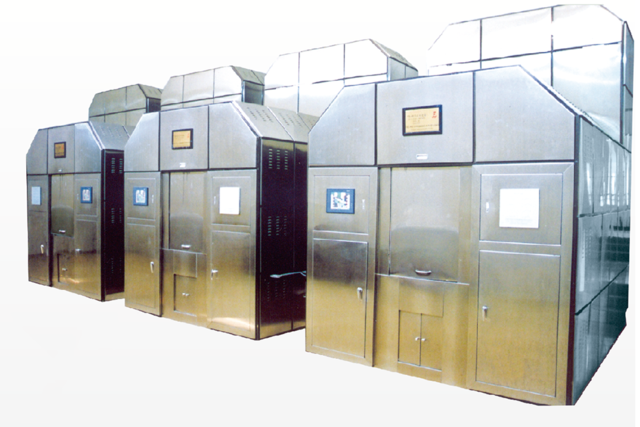Lao Wu, who had been a cremator for 10 years, told me: Cremating a body is not as simple as setting it on fire and burning it. There are many indecent operations that need to be carried out during the cremation!
Lao Wu, from the same village, used to be a cremator and worked in the county crematorium for 10 years, cremating more than 4,000 bodies. Having seen many farewells to life and death, his attitude towards life has become more positive and optimistic.
Now retired, Lao Wu is cheerful all day and can chat with us young people. Young people also like to ask Lao Wu about his work at the crematorium, asking if he has encountered any supernatural events, or if there has been any resurrection.
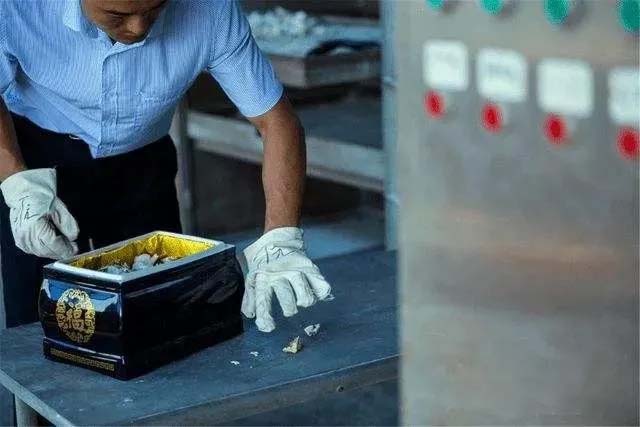
Lao Wu usually laughs at these questions and rarely talks in detail about the crematorium. It was not until the crematorium in the city was renovated and equipped with advanced high-end cremators that Lao Wu slowly told us about the cremation process.
Let me introduce to you what the cremation process is like according to Lao Wu? Under normal circumstances, how long does it take to cremate a body?
1. The Cremation Process
After a person dies and wants to be cremated, the first thing is to obtain a death certificate. The crematorium usually does not accept bodies with incomplete procedures. If it burns the wrong one, it will be troublesome, and some of the deceased may also be involved in cases, which need to be approved by the police before cremation.
After the body with complete procedures is sent to the crematorium, the first to receive it is the funeral director, who is the person who makes up for the deceased. The funeral director will clean, disinfect, massage the face, and make up the body to make the deceased look more decent and peaceful.
However, in rural areas, most elderly people will have their family members dress them in mourning clothes after death, and they are sent to the crematorium only for cremation, without the need for makeup, etc., so there is no need for the services of a funeral director.
In this case, the staff only need to check the body to see if there are any valuable items and other items that are not suitable for burning, such as gold and silver jewelry, pacemakers, prostheses, etc. These items need to be returned to the deceased's family or properly disposed of.
Next, the body needs to be handed over to the cremator. Lao Wu has cremated more than 4,000 bodies, including the elderly, young people, and children, rich and poor, normal deaths or accidental deaths, etc. He has seen all kinds of deceased, but their outcome after cremation is the same.
Before the cremator pushes the body into the cremation room, he will let the family see it for the last time, and then prepare to send it into the cremator for cremation. In the past, family members were not allowed to watch the cremation because the cremator needed to perform some "indecent" operations on the body, which were not suitable for family members to watch.
Because the body's abdomen and internal organs are relatively closed, if it is directly pushed into the cremation furnace for burning, it will expand rapidly due to heat and even explode. Therefore, before cremation, the cremator usually uses special tools such as steel rods or blades to break the body's abdomen and let the internal organs flow out?
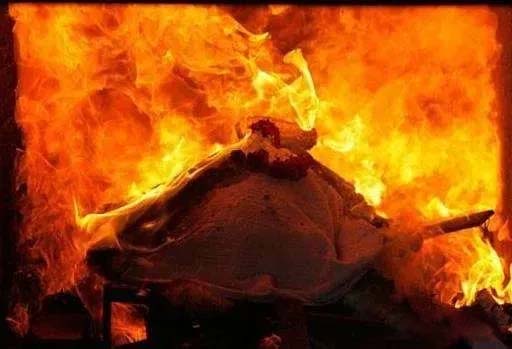
After that, the cremator closes the door of the cremation furnace and starts to spray oil. The cremation of the body generally uses diesel oil. Although the amount of diesel oil used varies with the size of the body, it is not allowed to exceed 8 liters. How to use the least fuel to achieve the best burning effect is a test of the cremator's skill.
Then the cremator presses the ignition button, and the furnace instantly ignites a fierce fire, and the temperature quickly rises above 500°C. The disposable cremation coffin and neat mourning clothes for the body are quickly burned to ashes. The skin of the body begins to turn black, char, and the soft tissues quickly shrink, and the bare bones can be seen soon.
After the muscle tissue is carbonized, the next thing to burn is the lungs and abdomen. These parts have thicker tissues and more water, so the burning time is relatively longer. Moreover, because there is a lot of water in the internal organs, black smoke will be emitted when burning. Through the observation port of the cremation furnace, you can even see black smoke coming out of the deep holes in the eyes, which is very terrifying.
During the burning process, the high temperature causes the muscle tissue to contract rapidly, which causes the body's trunk to "sit up" from time to time, and the gas inside the lungs expands rapidly when heated, emitting a "puff puff puff" sound. If it were not for the cremator who often sees such a scene, it would be mistaken for a zombie.
In order to improve the burning efficiency, the cremator will appropriately turn over the body during the cremation process, which is also the reason why the family members are not allowed to watch the cremation process. The cremator usually does not tell outsiders about these operations in the cremation process. This situation may have existed a long time ago.
After the soft tissues of the body are burned, what is left is a pile of bones. The temperature inside the furnace continues to rise to above 900°C, which is enough to melt gold.
Over time, the organic matter in the bones completely disappears, leaving only a pile of inorganic salts, such as calcium, phosphorus, potassium, etc., which is also the substance that can be left after the cremation is completed.
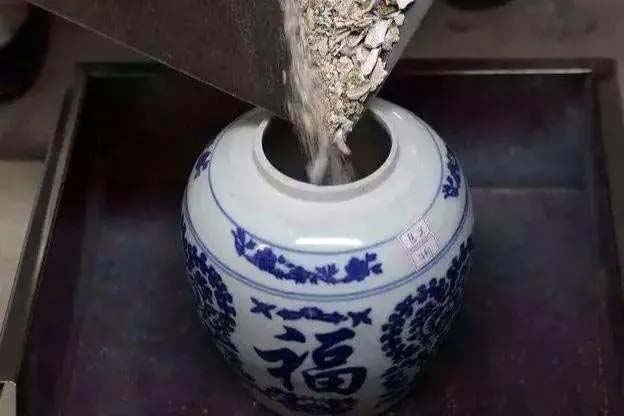
A body weighing more than a hundred jin can only leave less than 3 kilograms of ashes after cremation, which is really sighing. It should be noted here that the ashes after cremation are not powdery, but large pieces of bone residue, some of which even retain their original shape.
However, these burned bone residues are very fragile and can be broken by hand. If the family members of the deceased want powdered ashes, the staff needs to use tools to grind them. In most cases, the complete skull is left and placed at the top of the urn to indicate the position of the deceased's head.
Many friends may question the above content because the cremation they know is not so complicated, and there is no uncivilized operation such as cutting the belly and turning over the body.
In fact, as introduced at the beginning of the article, the crematorium where Lao Wu was located was in a small county town, and it was more than ten years ago, and the cremation furnace used was an old-fashioned cremation furnace. Today, in many relatively developed areas, crematoriums use advanced high-end cremation furnaces.
After the cremator pushes the body into the cremation furnace, he only needs to set the parameters and press the start button, and the cremation furnace will work automatically, without the need for too much manual intervention by the cremator, and there will be no such operation as turning over the body, and the cremation process is much more civilized.
Moreover, some crematoriums using high-end cremation furnaces also provide visiting services, allowing family members of the deceased to watch the cremation process through the viewing room next to the cremation room, and even record it as a memento.
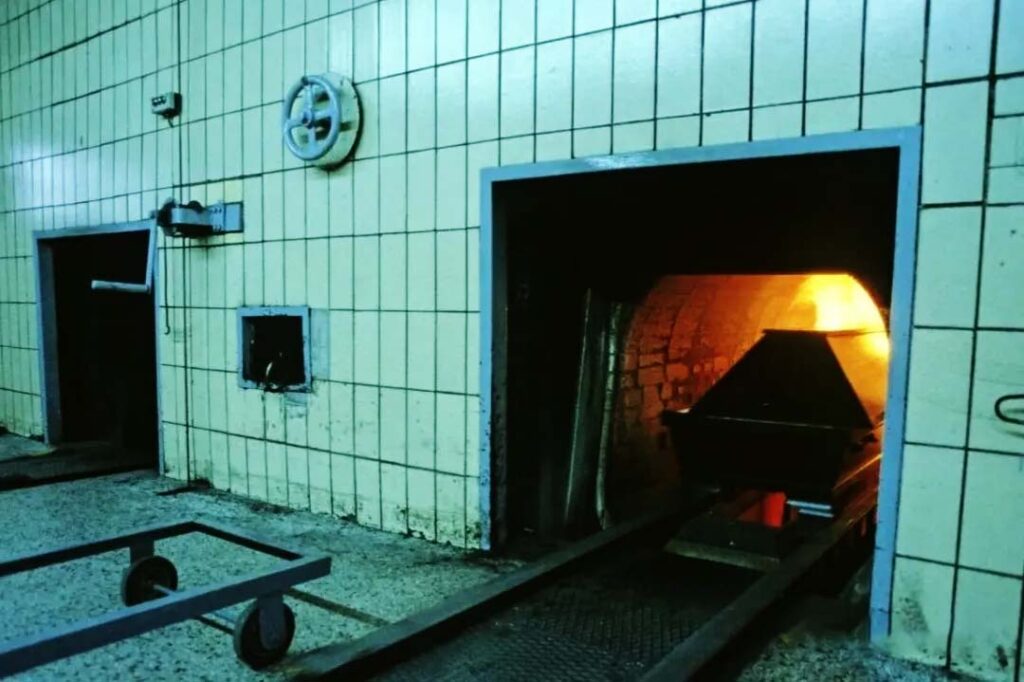
The above is the content about the cremation process. The old-fashioned cremation furnaces of the past have been replaced by today's advanced high-end cremation furnaces, and the cremation process is becoming more civilized and efficient. So, under normal circumstances, how long does it take to cremate a person?
2. How long does it take to cremate a person?
The time required to cremate a person is related to the size of the body and the level of advancement of the cremation furnace. For example, it takes longer to cremate an adult than a child, and the efficiency of the old-fashioned cremation furnace is lower than that of today's advanced high-end cremation furnace.
In the past, the efficiency of the old-fashioned cremation furnace was low, and the cremator needed to turn over the body, and also needed to decide how much fuel to use according to the burning situation of the body. Moreover, some family members also have requirements for the ashes, and the cremation time is slightly different. However, under normal circumstances, it takes 1.5 to 2 hours to cremate an adult body, and it takes about 40 minutes to an hour to cremate a child's body.
Nowadays, high-end cremation furnaces not only have a civilized cremation process but also have much higher cremation efficiency. It takes about half an hour for an adult body to be pushed into the cremation furnace and come out as bone residue. And the body of a child usually only needs about 20 minutes.
In short, the time required to cremate a body is related to various factors, such as the level of advancement of the cremation furnace, the size and fatness of the body, which will affect the cremation time.
3. Clarifying Some Rumors About Cremation
Due to the special nature of cremation work, there are often many rumors circulating among the public, such as whether people who are seemingly dead but actually alive will be pushed into the cremation furnace, whether the ashes after cremation will not belong to the deceased, or whether cremators will take the valuable belongings from the bodies as their own, and so on. In fact, these are all rumors; let's take a look at them one by one:
Will People Who Are Seemingly Dead But Actually Alive Be Pushed Into the Cremation Furnace?
Seemingly dead refers to a state where clinical methods can no longer detect vital signs, and from the outside, it appears as if the person has died, but there is still extremely weak life activity. So, is it possible to push someone who is seemingly dead but actually alive into the cremation furnace?
The answer is no, because those who are seemingly dead will likely be truly dead before they reach the cremation process. In rural areas, the body is usually kept for three days after death, and in some places, even a week, with the body placed in a refrigerated coffin. Those who pass away in the hospital are also sent to the morgue for cold storage before contacting the funeral home to collect the body.
In this process, even if someone is seemingly dead, after being refrigerated and frozen, they will become truly dead. Moreover, the bodies sent to the funeral home have to go through various procedures, and those who are seemingly dead will either come back to life or truly die, with the chances of being pushed into the cremation furnace almost zero.
Will There Be Ashes of Other People in the Cremated Remains?
There are rumors that after a person is cremated, the ashes received by the relatives might belong to someone else, which is actually a rumor. Due to the special nature of the cremation site, the staff treats the disposal of each body with great care.
Whether it is an old-fashioned cremation furnace or today's advanced high-end cremation furnace, one furnace is used to cremate one body, and it is impossible for several bodies to be cremated at the same time, and then the ashes are divided.
Of course, after the cremation of the previous body is completed, due to insufficient cleaning, some ashes may be left and mixed into the urn of the next deceased, but this is usually impossible to happen.
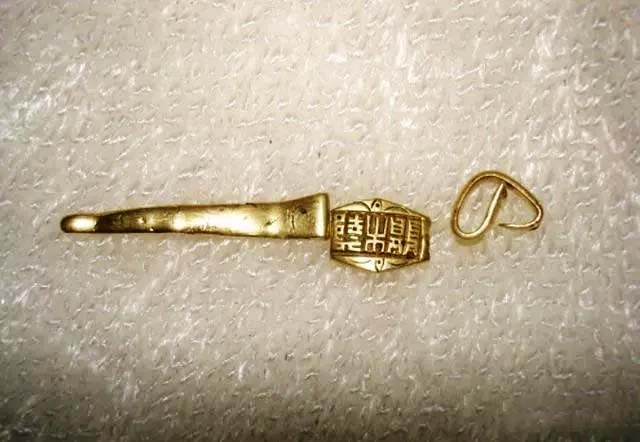
Will Cremators Take Valuable Items from the Bodies?
Some people raise such questions, asking whether cremators will take valuable items worn on the bodies as their own, or even suspect that cremators will pry out the gold teeth of some elderly people and take them away! Has such a thing ever happened?
In fact, according to the normal cremation process, it is unlikely that cremators will come into contact with valuable items on the bodies because before cremation, staff will check for items on the body that are not suitable for burning, including valuable items such as gold and silver jewelry.
When the funeral director is making up the appearance of the body, they will also check if the deceased has gold teeth. If so, they will communicate with the family and remove the gold teeth to return them. If the family says they don't want it, the funeral director will also remove the gold teeth and hand them over to the relevant department of the crematorium for storage, which will be kept for at least three months, in case some family members want to retrieve these items later.
In summary, the crematorium is a very solemn workplace, and everyone who works there has undergone relevant professional training and has professional ethics. They are extremely cautious in dealing with the deceased and their families, and the outrageous things rumored will not happen.
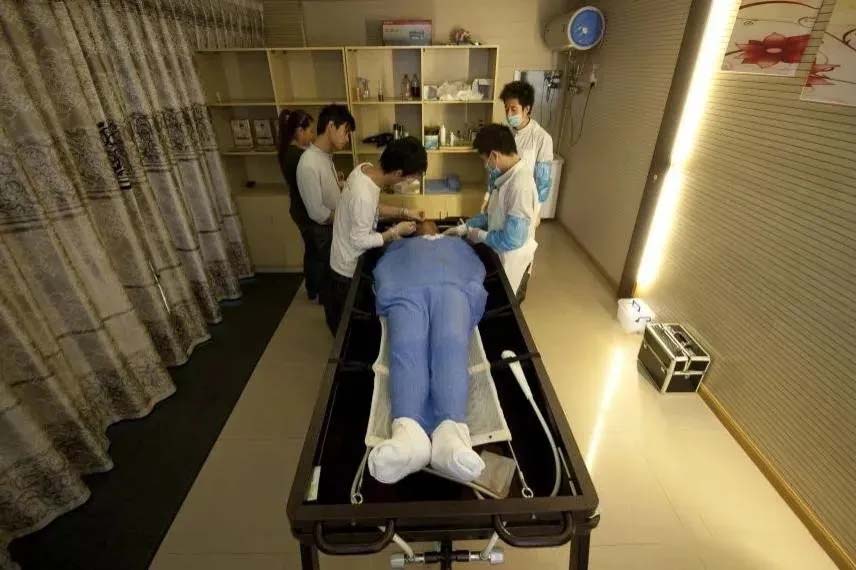
4. Conclusion
Dust to dust, ashes to ashes! It's hard to imagine that a body weighing hundreds of jin will only leave less than 3 kilograms of ashes after cremation, which is equivalent to the weight at birth, truly bringing nothing into life and taking nothing in death.
Cremation has gone through the "uncivilized cremation" of the old-fashioned cremation furnace more than ten years ago, but now the civilized cremation of the advanced high-end cremation machine is the progress of technology and also a respect for the deceased.
As for the time required for cremation, it is related to the level of advancement of the cremation machine, the size and fatness of the body, and the operation of the cremator. The old-fashioned cremation machine generally takes about 1.5 to 2 hours, while the advanced high-end cremation machine only needs half an hour to collect the ashes.

